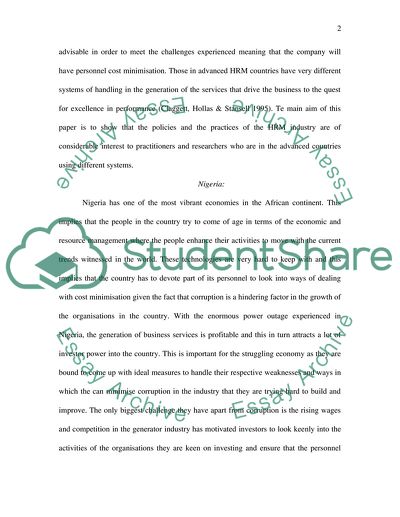Cite this document
(Comparative Employee System in Human Resource Research Paper, n.d.)
Comparative Employee System in Human Resource Research Paper. Retrieved from https://studentshare.org/human-resources/1723954-international-human-resource-maangaentcomparative-employee-system
Comparative Employee System in Human Resource Research Paper. Retrieved from https://studentshare.org/human-resources/1723954-international-human-resource-maangaentcomparative-employee-system
(Comparative Employee System in Human Resource Research Paper)
Comparative Employee System in Human Resource Research Paper. https://studentshare.org/human-resources/1723954-international-human-resource-maangaentcomparative-employee-system.
Comparative Employee System in Human Resource Research Paper. https://studentshare.org/human-resources/1723954-international-human-resource-maangaentcomparative-employee-system.
“Comparative Employee System in Human Resource Research Paper”, n.d. https://studentshare.org/human-resources/1723954-international-human-resource-maangaentcomparative-employee-system.


